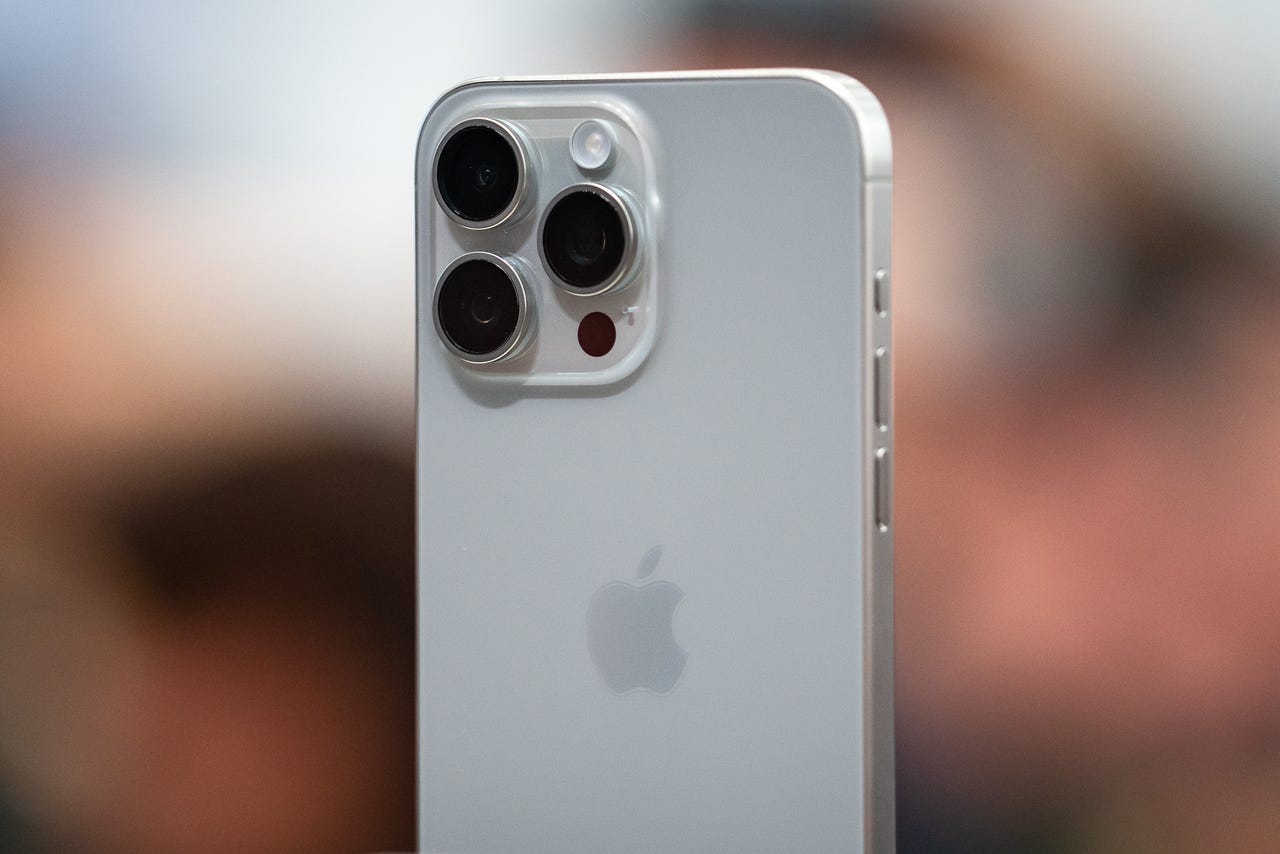'ZDNET Recommends': What exactly does it mean?
ZDNET's recommendations are based on many hours of testing, research, and comparison shopping. We gather data from the best available sources, including vendor and retailer listings as well as other relevant and independent reviews sites. And we pore over customer reviews to find out what matters to real people who already own and use the products and services we’re assessing.
When you click through from our site to a retailer and buy a product or service, we may earn affiliate commissions. This helps support our work, but does not affect what we cover or how, and it does not affect the price you pay. Neither ZDNET nor the author are compensated for these independent reviews. Indeed, we follow strict guidelines that ensure our editorial content is never influenced by advertisers.
ZDNET's editorial team writes on behalf of you, our reader. Our goal is to deliver the most accurate information and the most knowledgeable advice possible in order to help you make smarter buying decisions on tech gear and a wide array of products and services. Our editors thoroughly review and fact-check every article to ensure that our content meets the highest standards. If we have made an error or published misleading information, we will correct or clarify the article. If you see inaccuracies in our content, please report the mistake via this form.
Want the fastest iPhone? Choose this model on this network

The iPhone 15 Pro Max is shown in Titanium White.
The new iPhone 15 Pro is barely ready to ship to customers, yet one firm has already compared speed test results with all three major carriers in the US, and the results are impressive. The iPhone 15 Pro's new Qualcomm Snapdragon X70 modem is touted to be responsible for the improved 5G performance, with an average download speed of 249Mbps across the three networks.
Qualcomm's new Snapdragon X70 modem was launched last year, and companies began selling mobile devices featuring the modem in late 2022. The X70 modem is already used in Snapdragon 8 Gen 2-powered phones, like the Samsung Galaxy S23 Ultra. This is the first iPhone to feature the new modem.
Also: iPhone 15 Pro hands-on: I found a lot of reasons to upgrade and one to wait until next year
SpeedSmart reported the iPhone 15 Pro speed tests and showed Verizon's network delivers the largest upgrade in 5G performance, with the new phones being up to 24% faster compared to the iPhone 14 Pro's performance, with the average download speed holding steady at 243Mbps.
T-Mobile showed an average download speed of 300Mbps across the US, for 22% faster speeds. The iPhone 15 Pros running on the AT&T network came in last, with 14% faster 5G performance than the 14 Pro and an average download speed of 204Mbps.
Also: iPhone 15 Pro vs. iPhone 14 Pro: Which model is best to buy?
Upload speeds didn't see such a staggering uptick but were still improved when compared to the iPhone 14 Pro. Overall, the iPhone 15 Pro had an average upload speed of 27Mbps, while the iPhone 14 Pro's upload speed was 24Mbps.
According to the report, the iPhone 15 Pro's X70 modem also allows for improved connectivity when the iPhone is further away from a cell tower than previous models and lower power consumption gains.
Also: How Apple weaved AI into the iPhone 15 and Apple Watch 9
Qualcomm's Snapdragon X70 modem is the fifth generation of the company's 5G modem-to-antenna solution, featuring faster speeds, energy efficiency, lower latency, and better coverage. The modem uses artificial intelligence (AI) to optimize data traffic, perform beamforming, detect anomalies in network traffic, and perform more efficient handover between cell towers.
